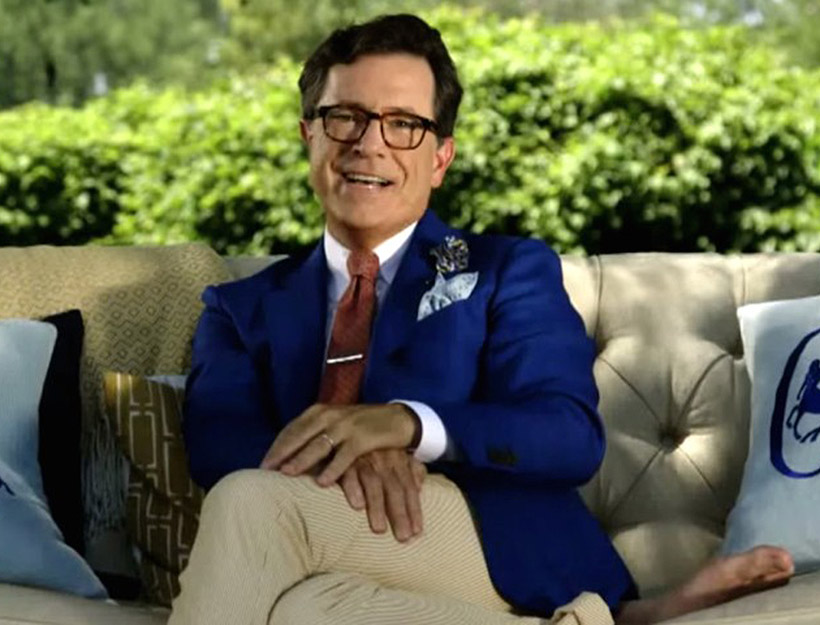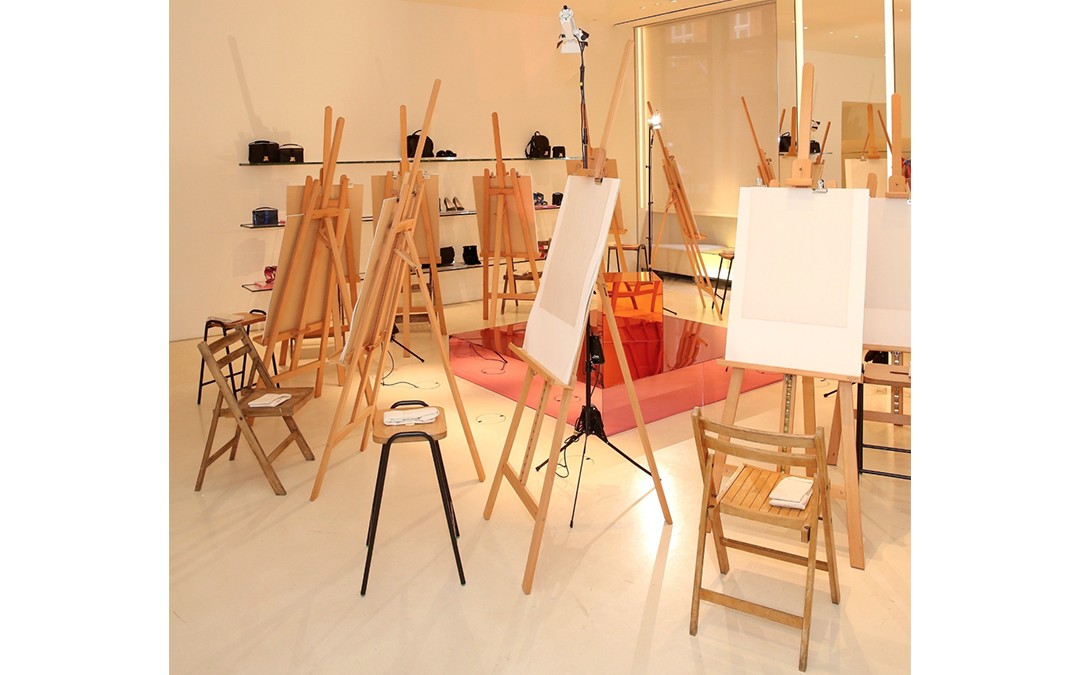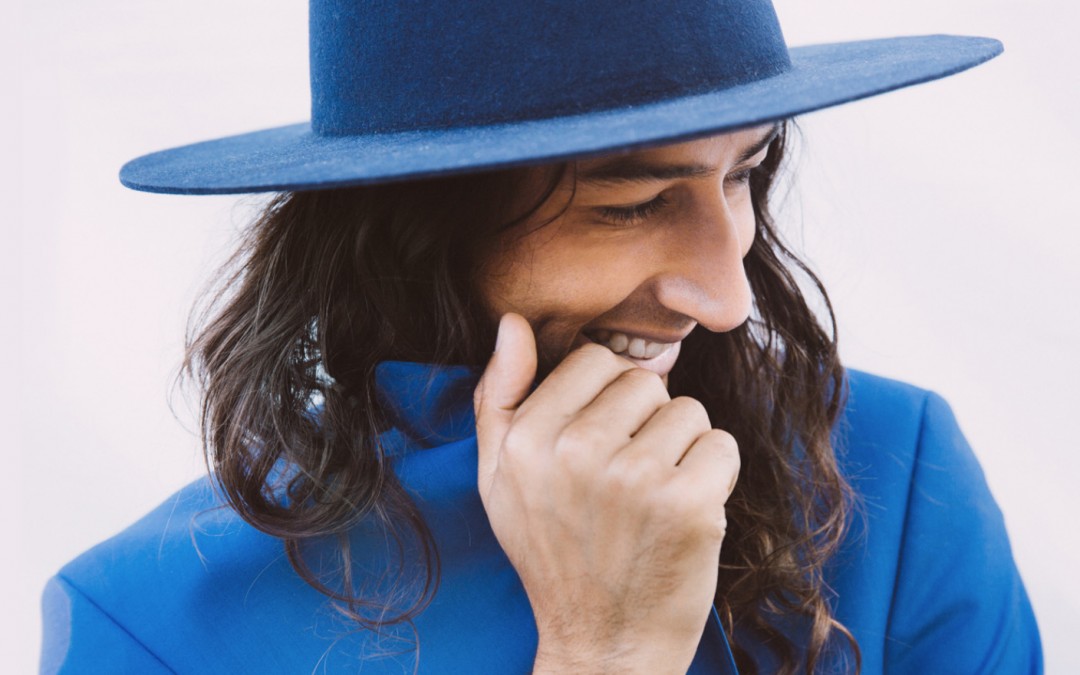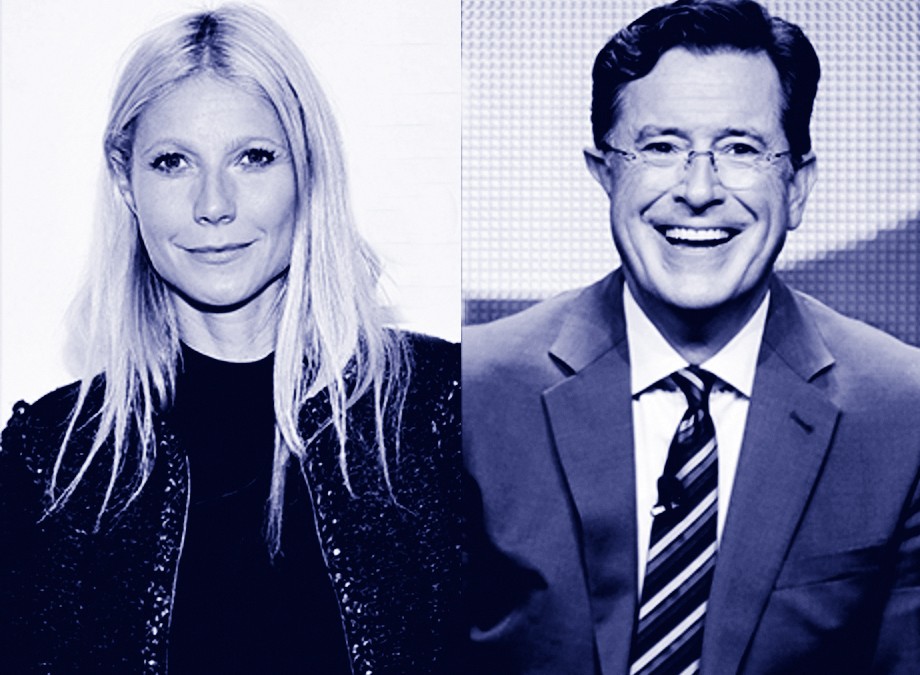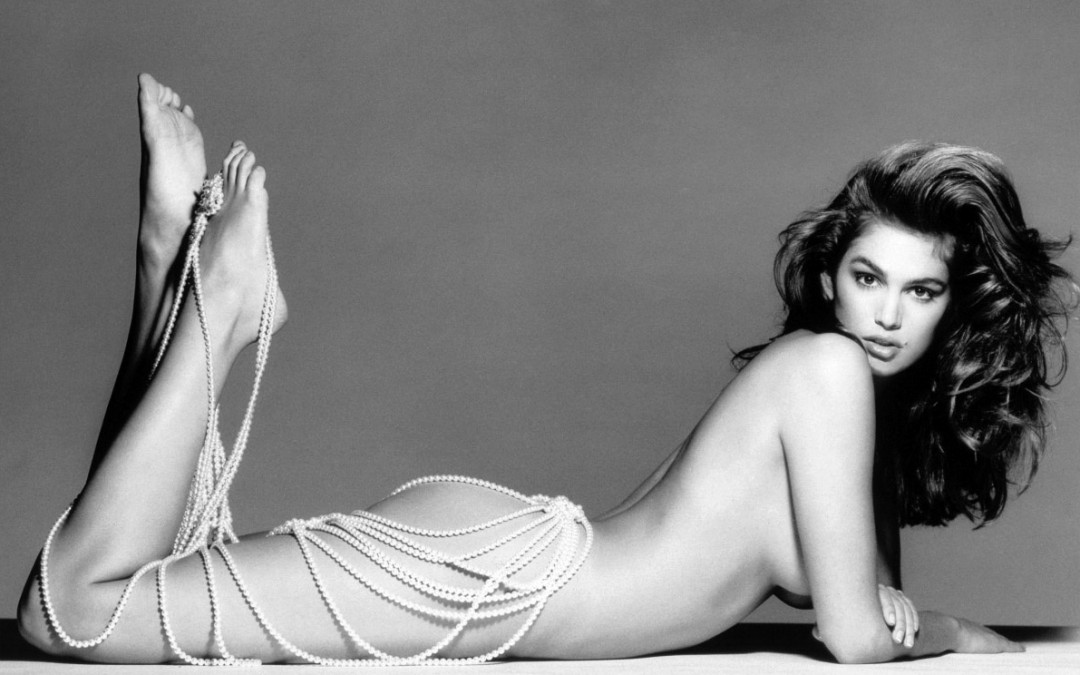
by Cwe | Nov 6, 2015 | Celebrity, Photography
10 Life Lessons From Cindy Crawford
Cindy Crawford—supermodel, mom, and mogul—has led a remarkable life. From working with the biggest names in fashion to posing for countless now-iconic images, Crawford is an enduring force within the fashion industry, and ever since the late September publication of her autobiography, Becoming, she’s now become something of a font of fashion wisdom. Crawford celebrated the release at The Irvington last week, and with famous fans like Tyra Banks spotted reading the book, there feels like no better time to delve into the biographical tome.
Imparting advice from Crawford’s extensive career alongside legendary photographers like Richard Avedon, Irving Penn, and Steven Meisel, the book provides insight on everything from Crawford’s initial reaction to George Michael’s “Freedom! ’90” music video to what it’s like to go toe-to-toe with Helmut Newton. Introspective, self-deprecating, and, best of all, honest, Crawford provides budding models—and model fans—with plenty of words to live by. Here, the Tao of Cindy:
1. There’s much more to modeling than a blank expression.
“I always credit [Richard] Avedon with teaching me how to do a cover. He insisted how important it was that I, as the model, always have an idea in my head when I looked into the camera. He’d tell me to have a thought, even if the thought was simply ‘Buy me. I’m $3’ (the price of Vogue at the time). He taught me how to look away from the camera between each click and come back with a fresh thought. I still do that to this day. While a young girl’s face can be pretty enough with a blank expression, Avedon didn’t want blank. If you started to zone out, thinking about your grocery list, he knew it. He wanted to see the sparkle in your eyes looking back at him under his black cloth. And he knew it when he saw it.”
2. Not everyone is impressed by your Vogue cover.
“I remember how excited I was when my first Vogue cover finally hit the newsstands. At the airport on my way back to Chicago, I picked up three copies to show my mom and excitedly approached the cashier, hoping she would recognize me. She didn’t even look up as she tallied my purchases. All she said was, ‘You know you have three of the same magazine, right, honey?’ ”
3. Models shouldn’t be afraid to say no.
“I know it’s a model’s job to try and bring the photographer’s vision to life, but I also believe it is the photographer’s job to keep the model safe. When I realized that wasn’t always the case, I understood that I had to protect myself and have a more forceful voice about what was acceptable to me. Slowly, I found ways to say no.”
4. You’re a performer—don’t forget it.
“At one point, [Helmut Newton] had me in a bathing suit and heels—the Newton ‘uniform’—standing on a street corner. He put a hat on the ground and would offer every passerby a Polaroid shot with me in exchange for 100 francs. It was a great deal—we played at this until we made enough money to buy lunch. Talk about singing for your supper!”
5. That smile is a skill, too.
“In modeling, as is the case with most jobs, your skill set improves with practice. You learn how to work your face to its best advantage and finally how to smile naturally on demand. (It took me at least 10 years—I think that’s why I didn’t smile much in photos in the beginning of my career and thus perfected my look with my mouth slightly open and teeth showing a bit.)”
6. You never know what will catch on.
“When I first saw the finished [‘Freedom! ’90’] video, I remember being slightly disappointed, feeling like my part was the least glamorous. All the other women looked so gorgeous—Naomi [Campbell] strutting her stuff in a tight leopard dress, Tatjana [Patitz] looking so cool with a cigarette—while I was stuck in a bathtub with a towel on my head. At the time I wasn’t able to see what everyone else saw. People loved it; the video became a huge hit and played nonstop on MTV.”
7. Serious about a career in fashion? Hit the books.
“I applied myself to modeling the same way I had applied myself to school. As a young model I wouldn’t have dreamed of showing up to Avedon or [Irving] Penn’s studios without familiarizing myself with their work and their style. I also paid attention and did my homework so that when the photographer or stylist referenced ‘film noir’ or ‘Jean Shrimpton,’ I could speak the same language and know what they wanted from me.”
8. Travel is more than just a job perk, it’s your very own finishing school.
“With each trip, I saw a little more. I learned about art and architecture, food and fashion. I had a fling with an Italian, danced all night at a Parisian nightclub, swam topless on countless beaches. When I started traveling I was a young girl from a small town—until, all of a sudden, I wasn’t. Traveling was the ultimate finishing school. And the greatest lesson for me was that even though there are so many distinct cultures, in the end we as humans have more in common than we have differences.”
9. The power to change fashion is in your hands.
“The pendulum always swings back and forth, from Marilyn Monroe to Twiggy, from supermodels to heroin chic. That’s how designers, photographers, and editors get inspired. Second, consumers must realize that the power is in their hands (or, rather, their wallets). If they don’t like the images they see, they have the power to stop buying the magazine or the designer’s dresses. Above all else, fashion is a business, and sometimes change can only happen when the bottom line is affected. That said, it is exciting to see the current fashion embracing a broader idea of beauty. To my mind the most important message I can promote and exemplify is one that supports diversity and health.”
10. Even supermodels sing the blues.
“I’d love to tell that hardworking girl with her nose buried in a book that it is okay to live it up a little bit. I know for sure I never would have been the girl at the nightclub dancing on a table without any underwear (that story is for a different book), but I could have let myself experience more. Life goes by quickly, and I’ve learned that decisions made from a place of confidence—rather than one of fear—are the ones that get me to the place I want to be.”
vogue.com
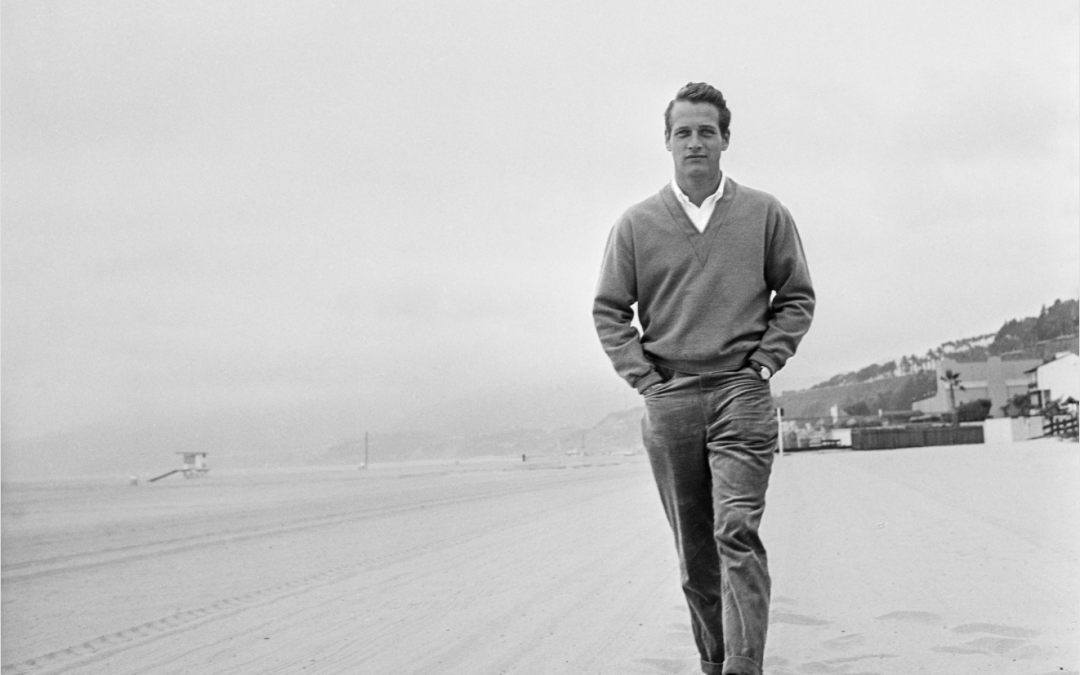
by Cwe | Sep 29, 2015 | Celebrity, Fashion
Though roughly 330 million deities populate the Hindu heavens, there are only a handful most people worship daily and know by name. Similarly, though there are about 330 billion images of celebrity divinities floating around the web empyrean at any given moment, when it comes down to it we seem inevitably to worship the same group of guys. This is meant in terms of style.
One hardly needs name them. Just utter the words “male style icon” and images inevitably form of celestial beings like Cary Grant, Paul Newman or Steve McQueen.
At least they do among that segment of the population that came of age before all manner of visual information was streamed directly onto the cerebral cortex by way of Instagram. That group would, of course, include most men’s wear designers, never in any case a culturally progressive group and less so when it comes to frame of reference — or, as image theft is often euphemized in fashion, “inspiration.”
“A lot of designers latch on to the same handful of guys,” the designer Michael Bastian noted recently, declining to point any fingers, both for diplomacy and because he himself has made frequent withdrawals from the familiar image bank. “It’s Steve McQueen, it’s Paul Newman, it’s Cary Grant and Fred Astaire, all done to utter death,” Mr. Bastian said.
Cary Grant (shown in Paris in 1956) helped define the term “fashion icon.”
It is probably worth pointing out that there are good reasons why the same small group of men continues to exert a disproportionate influence on what we here at Men’s Style think of as men’s style.
Not only were Steve McQueen, Paul Newman and Cary Grant uncommonly handsome humans, they were also possessed of that certain ineffable quality we categorize as cool. They looked great in clothes seemingly no matter what they wore. In part, this was because they looked as if they gave clothes and fashion not a moment’s thought.
“Perhaps the first thing I learned about style was that if something makes you feel good, chances are you look good,” Remo Rufini — the 54-year-old Italian billionaire who made his fortune by restoring cool to Moncler, a fusty and largely forgotten ski-wear label — said during the recent New York Fashion Week. “I think what makes people ‘icons’ is the confidence they give off wearing whatever it is they love to wear.”
Preternatural confidence is a signal quality of the male icons under discussion. And it is, to be sure, a highly limited group, lacking altogether in racial and social and gender diversity. “So few black leaders have been allowed to shine forth,” and find an enduring place in the style pantheon, said Horace D. Ballard Jr., an essayist on black style and curator of education at the Birmingham Museum of Art. “Where is Marvin Gaye or Paul Robeson?”
Marvin Gaye in 1970. His style has transcended generations but has been largely ignored by the fashion elite, according to Horace D. Ballard Jr., an essayist on African-American style.
The available images of each of those men, no less than those of Newman, McQueen and Grant, convey a powerful sense of the difference between wearing one’s clothes and having them wear you. And in this they are all starkly unlike the dress-up dolls turned out in borrowed tuxedos at the Emmy Awards or any of the now ubiquitous and wholly purgatorial red carpet events.
“The distinction between then and now is this idea that celebrities, the supposed role models, tend to be styled,” Josh Sims, author of “Icons of Men’s Style,” said by telephone from London. “They have assistants and their look is a professional, very deliberate creation of a team.”
That is not to suggest that the male Hollywood stars of the last century were unconcerned about image, he added. It is well established that Steve McQueen required that his bluejeans were tailored in such a way that one of his favorite assets, his behind, was well accentuated.
The care McQueen took with his off-screen appearance was also mirrored in the stylish cut of the clothes he wore in some of the films that seem to play in an infinite rerun loop in the imaginations of many men’s wear designers — classics like “Bullitt” and “The Thomas Crowne Affair.”
“Even the khakis he wears in ‘The Great Escape’ were not in any way accurate to the period,” Mr. Sims said. Standard-issue trousers for members of the Allied forces during World War II would have been wide legged and with a high-waist, ample in the rear. “McQueen had his cut to a ’60s proportion” for the film, Mr. Sims said. “They were much slenderer and much more fitted than the traditional trouser cut.”
Steve McQueen, considered one of the godfathers of modern men’s style.
The Italians have a handy term — sprezzatura — for sartorial gracefulness achieved through artful nonchalance. The concept behind sprezzatura was first codified by Baldessare Castiglione in his 1528 treatise, “The Book of the Courtier.” In it he steered young Renaissance gentlemen away from dangerous shoals of artifice and affectation, guiding them toward the safe haven of a public comportment predicated on making all a man does or wears “seem uncontrived and effortless.”
Naturally, sprezzatura is abused all the time in modern practice.
Think of a necktie deliberately knotted that slight bit wrong. Think of the absurdity of a half-tucked T-shirt. Think of shoes without laces or sneakers with suits. Think of the overwrought pocket square. The great cinematic icons would never have been caught dead betraying the amount of care that went into transforming, say, Paul Newman — a middle-class kid from suburban Shaker Heights, Ohio — into the quintessential sexy rebel or the archetypal cowboy of “Hud.”
“The personas stars created fulfilled a particular need of the times,” said G. Bruce Boyer, a men’s wear expert and the author of the recently published “True Style.” “In ’30s stars, what was needed was an overt sex appeal and an extrovert personality necessary to cope with the Depression. In the 1950s and 1960s, it was expressions of rebellion against corporate consumerism, but safely and acceptably.”
It hardly matters that often the great style gods portraying rebels and adventurers and sportsmen were putting on a performance. What counts is that they kept us from noticing it all was an act.
“The best thing in style is a man who pulls off wearing a pair of jeans and a T-shirt perfectly,” Gert Jonkers, the co-editor of the influential men’s wear bible, Fantastic Man, said by phone from Amsterdam.. “That is almost the ambition everybody has. Every fashion designer you ever speak to says: ‘Oh, men shouldn’t wear fashion. Men should wear just jeans and a crew neck sweater.’ These style icons are the ones that did that first.”
And the gorgeously offhand photographs of them racing sports cars or riding motorcycles or popping open a beer were not necessarily the products of a candid camera. Almost all but the semi-nudes and stoner snapshots the photographer William Claxton took of his good friend Mr. McQueen were to some extent staged.
The photographic quality and rarity of those images adds to their potency and timelessness, Mr. Jonkers said. “It’s not like today’s celebrities, where there are so many bad images of them,” he said. “It’s great to look at Ryan Gosling until you see that picture of him running to the supermarket to get a carton of milk.”
(New York Times)
